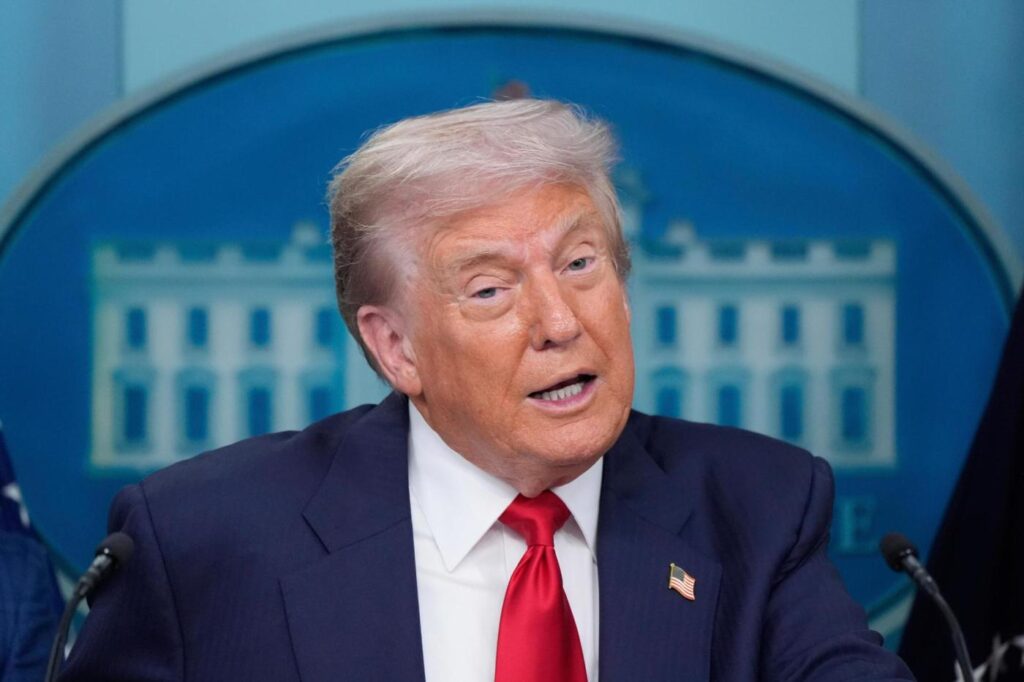
President Donald Trump has escalated his campaign against mail-in voting, announcing plans for an executive order aimed at terminating its use in federal elections. This move raises questions about his authority over how federal and state elections are conducted, as the U.S. Constitution delegates such decisions to Congress and state legislatures, specifically noted in Article 1, Section 4 and Article 2, Section 1.
Both major political parties have been known to manipulate electoral rules to their advantage, often prioritizing power over equity. Gerrymandering, a tactic used by both Democrats and Republicans, illustrates this trend. Critics within the Republican Party argue that mail-in voting disproportionately benefits Democrats, a claim that lacks definitive evidence. Notably, Trump himself has opted against using mail-in ballots.
The discourse surrounding mail-in voting is complicated by the fact that both sides may act out of self-interest rather than principle. For instance, while supporters of mail-in voting among Democrats argue it boosts their electoral chances, they would likely oppose it if they believed it would undermine their prospects.
Concerns about mail-in voting fraud are largely unfounded, as instances of such fraud remain extremely rare. As noted by former Attorney General William Barr, there is no credible evidence suggesting that electoral fraud has changed the outcome of any election. The fear surrounding mail-in ballots often appears exaggerated, questioning whether we are overreacting to a situation with minimal real-world impact.
In the 2016 election, about 21% of votes were cast via mail or absentee ballots. This figure increased significantly to 46% in the 2020 election, reflecting changing voter behaviors. For the upcoming 2024 election, estimates indicate that 30% of votes will again be submitted by mail. Despite these fluctuations, the partisan divide in congressional elections has not been as pronounced.
Currently, more than half of U.S. states permit no-excuse mail-in voting. A group of eight states, including California, Colorado, Hawaii, Nevada, Oregon, Utah, Vermont, and Washington, conduct elections primarily by mail, automatically sending ballots to all registered voters. Interestingly, this system has shown varying levels of success in states with differing political leanings; both a traditionally red state like Utah and a blue state like California have embraced mail-in voting.
Research indicates that states adopting universal mail-in voting have experienced a 2-3% increase in voter turnout, a change that could favor Democrats in close races. In the 2020 election, Trump lost three states by margins of less than 0.7%.
The ongoing debate about mail-in voting highlights a critical issue: the need to balance electoral integrity with accessibility. While any instance of voter fraud is unacceptable, the scale of such incidents remains small. Trump might find more success by shifting his focus from opposing mail-in voting to mobilizing the millions of Republicans who abstain from voting altogether. Engaging these potential voters could significantly alter electoral outcomes, rather than continuing down the contentious path of mail-in ballot opposition.
The editorial board of the Baltimore Sun provides a nuanced perspective on these developments, reflecting the complex interplay between politics and electoral processes in the United States.







